Mikhail Vorontsov: Novorossiysk and Bessarabian Governor-General
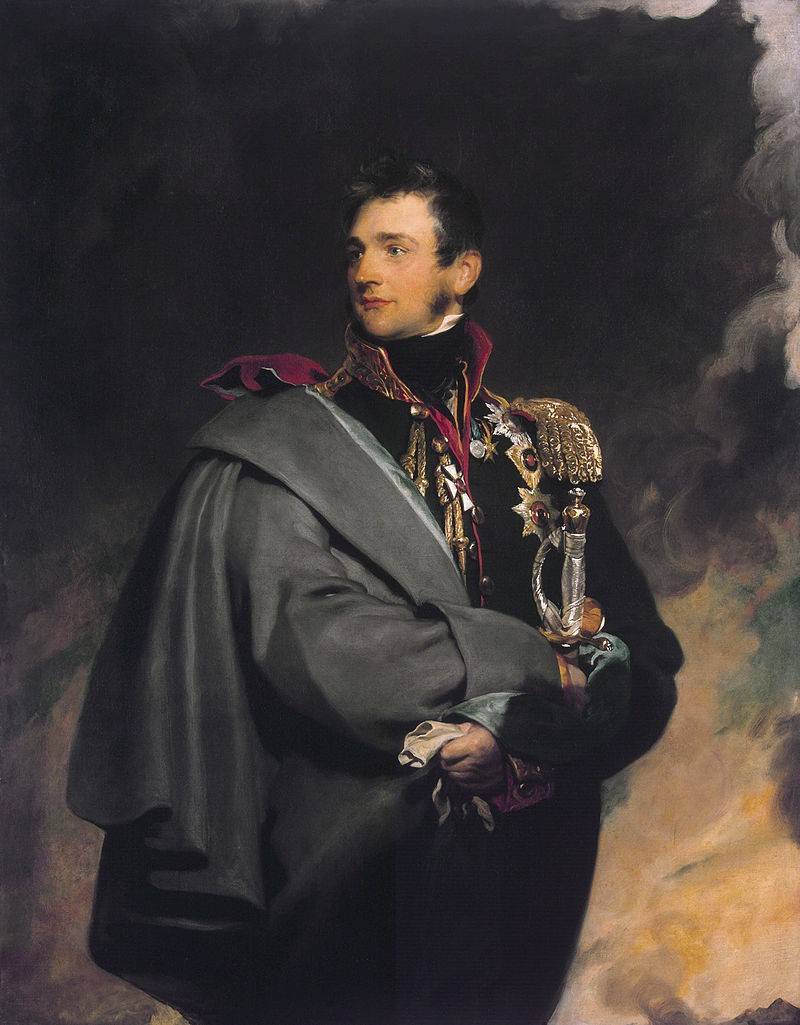
M. S. Vorontsov. Portrait by Thomas Lawrence
In May 1823, Mikhail Semenovich Vorontsov became the new Governor-General of the Novorossiysk Territory.
When he arrived in Odessa, Rostopchin wrote in his letter:
After his appointment as Governor General, Vorontsov followed the path of continuing the policy of his predecessors - Potemkin, Richelieu and Langeron - and continued to equip the region.
First Steps as Governor General
An important quality of Vorontsov as an administrator was the ability to assemble a team of people who could bring real benefit to the region in their positions. And such people soon appeared at Vorontsov's. In a short time, the Governor General assembled a team of energetic, talented and hardworking administrators, who began to continue the development of the Novorossiysk Territory.
Vorontsov decided to give priority to the development of agriculture. In Odessa, for this purpose, the Odessa Agricultural Society was established, which coordinated all agricultural needs. This Society purchased seeds of plants, agricultural implements, and new breeds of animals from abroad. In addition, new farms were created, which made a significant contribution to the agricultural development of the region. The Society also published scientific works, in the creation of which the Governor-General himself took an active part.
Vorontsov also paid much attention to the development of viticulture. He bought land plots in the Crimea, planted them with grape seedlings, which he ordered from France, Spain and other European countries. Soon, winemaking in the Crimea reached such a scale that Vorontsov built the famous palace in Alupka with the proceeds from the sale of wine.
Since the region was a steppe, and there were practically no forests, the new settlers experienced an acute shortage of fuel to heat their homes. To compensate for this shortage, Vorontsov orders to begin searching for coal deposits, and then mining it.
Following this, the Black Sea Commercial Russian Shipping Company was founded. On his estate, Vorontsov builds the first steamboat in the entire Black Sea region, and a few years later steamboats are regularly built in the Black Sea ports. In 1828, regular steamship traffic began between the ports of the Black and Azov Seas.
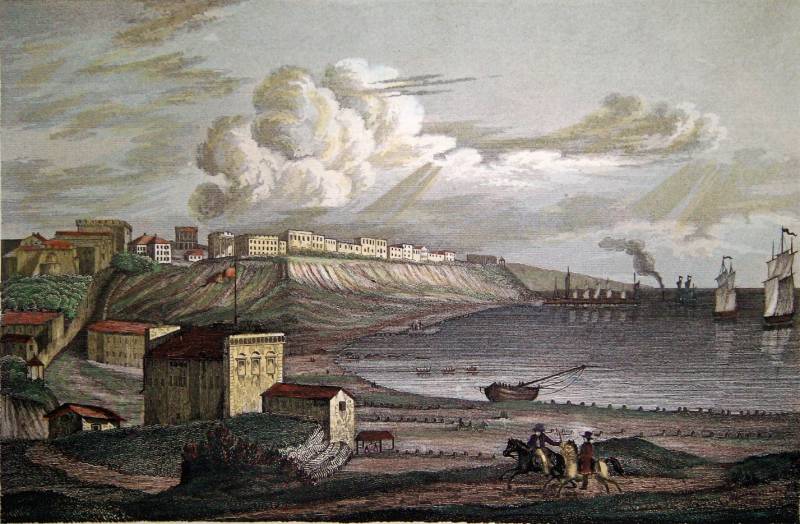
Odessa in 1837
Development of science and education
In 1834, the first merchant shipping school appeared in Kherson, where future navigators and shipbuilders were trained.
In 1839, thanks to Vorontsov, the Society appeared in Odessa. stories and Antiquities, which not only collects ancient artifacts, but also regularly organizes archaeological expeditions to study the Novorossiysk Territory, describe the surviving monuments of antiquity, conduct excavations. Vorontsov, who was interested in archeology, made a significant personal contribution to the expansion of the Society's collection, bringing a collection of vases and vessels from ancient Roman Pompeii. Also, many books were published that described the flora and fauna of the region, descriptions of the most important journeys and expeditions were made.
In addition to the development of science, culture as a whole is also developing in the region. First, in Odessa, and then in other cities, newspapers and literary magazines begin to appear, a multi-page “Novorossiysk calendar” and “Odessa almanacs” appear.
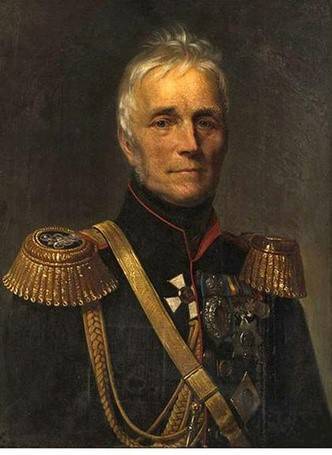
Portrait of Vorontsov by Ivan Tyurin
In addition, education is developing, a number of new educational institutions are emerging. In particular, a school of oriental languages was opened in Odessa, and a Tatar department appeared at the Simferopol gymnasium. In 1833, an institute for girls was opened in Kerch, and a school for deaf-mute girls appeared in Odessa, opened with the direct participation of Vorontsov's wife, Elizaveta Ksaveryevna.
As a result of the above changes, the quality of life of the population of the Novorossiysk Territory is significantly improved. If in the 1770s and 1780s mostly runaway serfs and the poorest sections of the peasantry moved here, now the wealthy nobility and merchants consider it an honor to buy a land plot in Novorossia. And land prices have risen significantly. If at the end of the 30th century a tithe of land cost 10 kopecks, now its price has risen to XNUMX rubles. All this gave money for the self-sufficiency of the region, Novorossia is turning from a subsidized region into an economically independent region that is able to provide itself with everything necessary even without subsidies from St. Petersburg. And, of course, all this money went to the further development of the region.
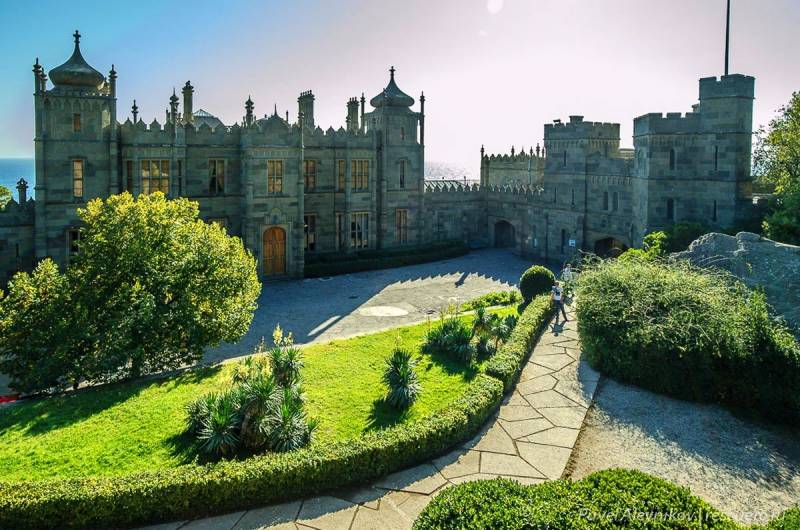
Vorontsov Palace in Alupka
Active settlement of the region
The settlement of the region is also proceeding at a new pace. For the settlement of new settlers, provinces and counties were appointed, where there were more than 8 acres per revision soul, and in the steppe zone - 15 acres per revision soul.
All conditions were created for the settlers in the new places: part of the fields were sown, hay was accumulated to feed the cattle in the first winter, tools and draft animals were prepared, and the necessary food was prepared. For the construction of dwellings, the peasants were supplied at the expense of the treasury with timber and the necessary amount of money (25 rubles), which at that time can be called an unprecedented phenomenon. In the absence of a forest, the family of new settlers received 35 rubles.
A number of benefits for migrants were still in force. So, they were exempted for 3 years from recruitment, for 6 years - from military posting and for 8 years - from paying taxes.
In the second half of the 30s - 40s of the 1841th century, the pace of settlement of the Yekaterinoslav province increased (due to the sparsely populated Aleksandrovsky district), and it was significantly ahead of the Kherson province. In the years 1845-20 alone, more than XNUMX thousand male souls arrived in the Aleksandrovsky district of the Yekaterinoslav province. Thus, the Yekaterinoslav province temporarily turns into the leading populated region of Novorossiya.
The rapid growth of cities was primarily due to the development of maritime trade. The industry of the region at that time was just beginning to develop. The main occupation of the locals was agriculture.
Viceroy in the Caucasus
In 1844, M. S. Vorontsov was appointed governor of the Caucasus and left for Tiflis, but retained the post of Novorossiysk and Bessarabian Governor-General. In the Caucasus, he takes part in the war with the highlanders, founds the city of Yeysk, strengthens a number of fortresses, monitors the combat readiness of the army. And at the same time, he is preparing the restless region for the upcoming peaceful life: he establishes the Transcaucasian Society of Agriculture, contributes to the opening of a number of schools in Tiflis (Tbilisi), Yerevan, Kutaisi, Stavropol and other cities, uniting them into the Caucasian educational district.
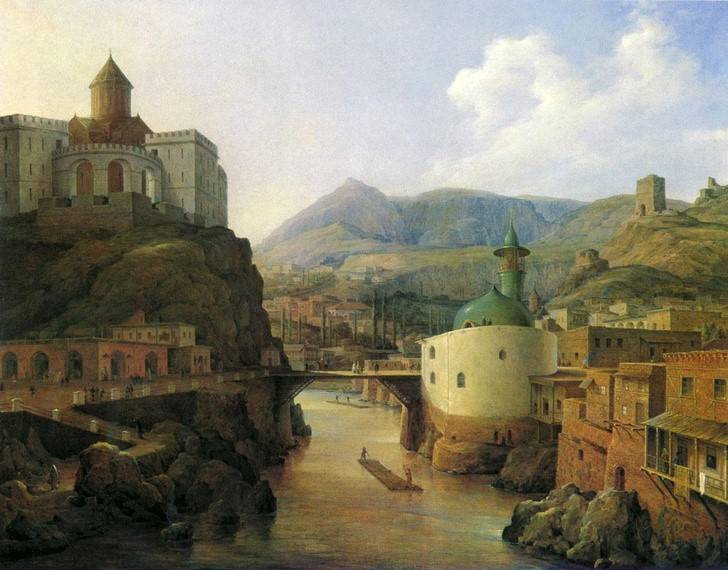
Tiflis. Nikanor Chernetsov. 1839
Vorontsov believed that it was impossible to pacify the Caucasus by military means alone, for this it was necessary to use a more flexible policy, to respect the identity of the local population. He saw the root of the problems of the Caucasus in the fact that the government in St. Petersburg, being too carried away all this time by European affairs, did not pay enough attention to this region.
Results of activity, death and posthumous memory
During the reign of Vorontsov, the Novorossiysk Territory is experiencing a real "Novorossiysk boom" - the rapid development of literally all industries and agriculture, as well as population growth. Now Novorossia, which was an uninhabited desert half a century ago, which contemporaries called the "Wild Field", thanks to the work of just two generations, has become an economically developed region in which many types of industry and agriculture developed. In a region whose ports have become major financial and commercial centers. Thanks to all this, the region soon began to be called the locomotive of the economy of the Russian Empire.
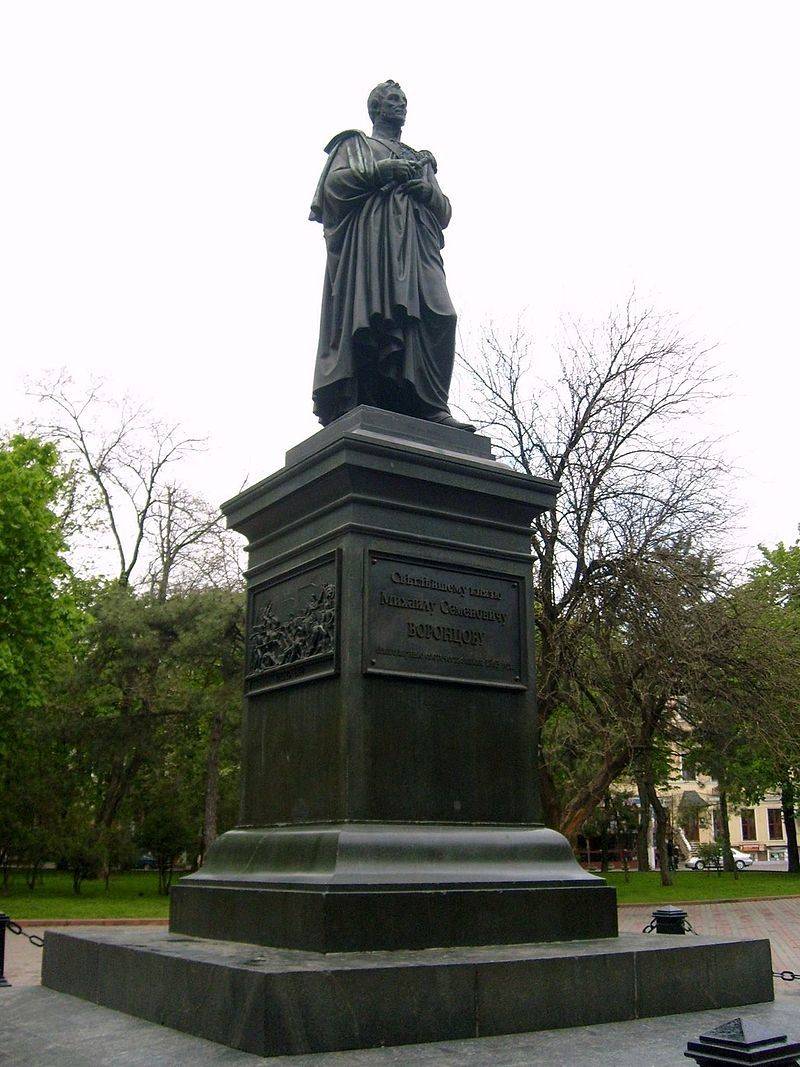
Monument to M. S. Vorontsov in Odessa
In 1854, due to health problems, 72-year-old Mikhail Semenovich resigned from all positions held. In August 1856, he was awarded a field marshal's baton in recognition of his past accomplishments. In November of the same year, the former Governor-General died.
Among the subordinates who served under the earl, a good memory of him remained, and even a saying arose:
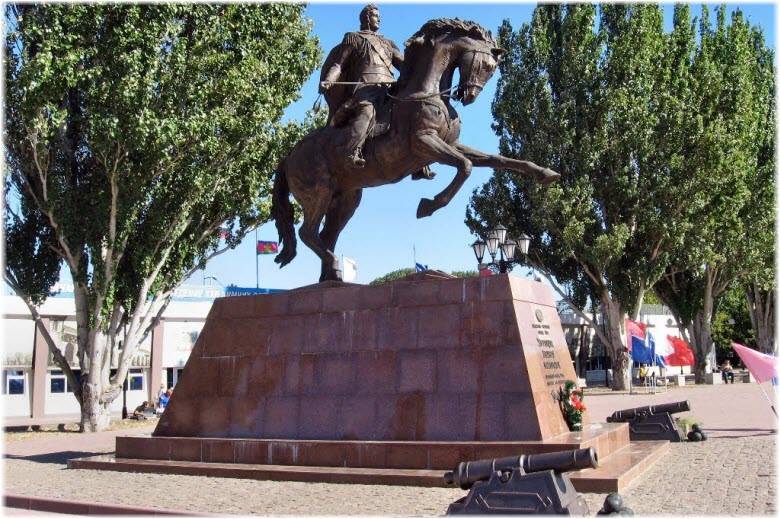
Monument to Vorontsov in Yeysk
Vorontsov was buried in the Transfiguration Cathedral of Odessa, in which his wife was also buried in 1880. In 1936, the cathedral was destroyed by the Bolsheviks, the grave of the Vorontsovs was desecrated, the precious weapon and the orders were plundered, and the remains themselves were thrown away. Subsequently, they were secretly reburied in one of the Odessa cemeteries by local residents. And in 2005, when the cathedral was restored, the ashes of the Vorontsov couple again found peace in it.
Already in 1863, a monument to Vorontsov was opened in Odessa, and four years later - in Tiflis. Both are open to public donations. The Odessa monument still stands today, the Tiflis monument was demolished by the Bolsheviks in 1922. Already at the beginning of the XNUMXst century, monuments to Vorontsov also appeared in Berdyansk and Yeysk.
Information